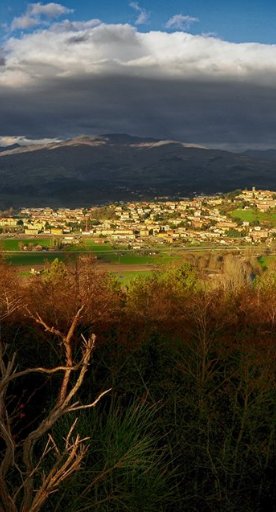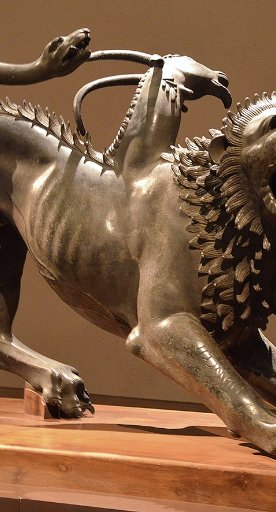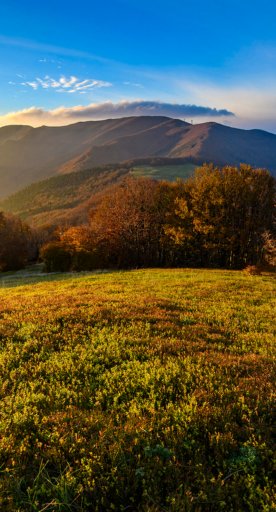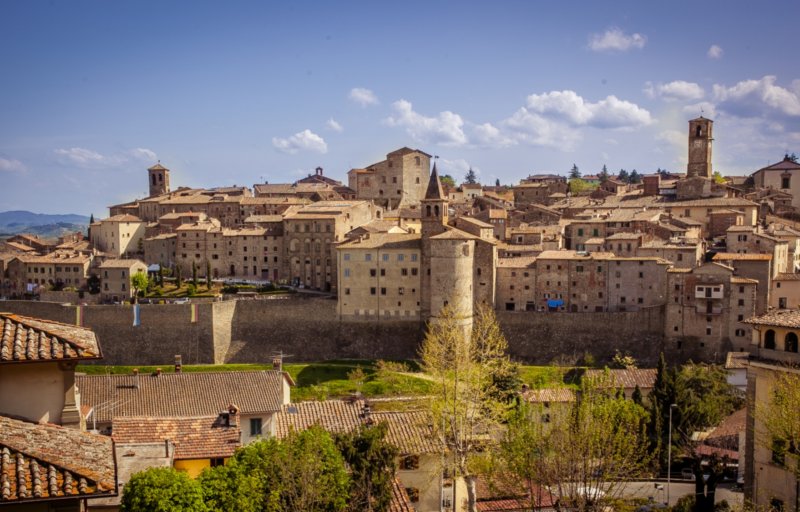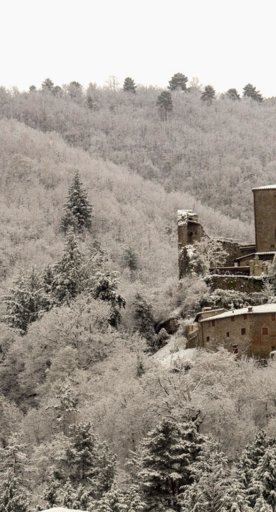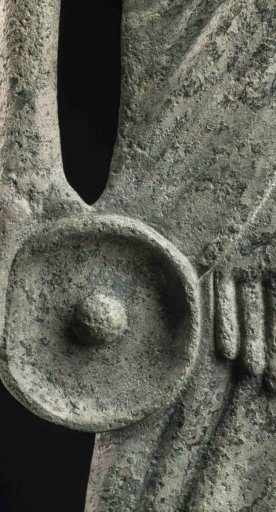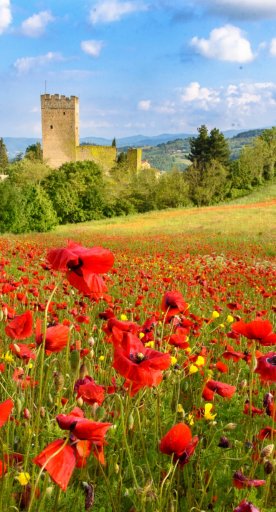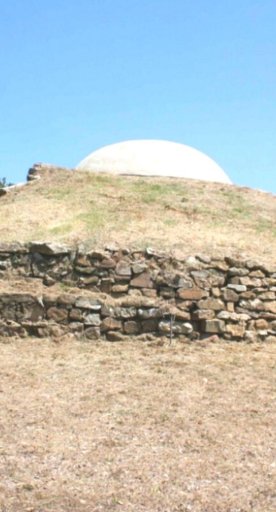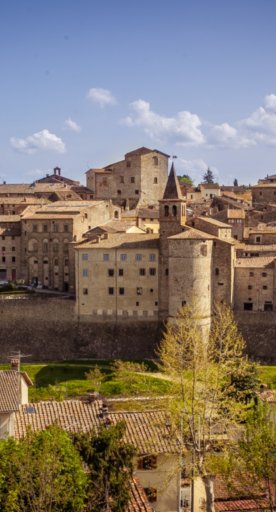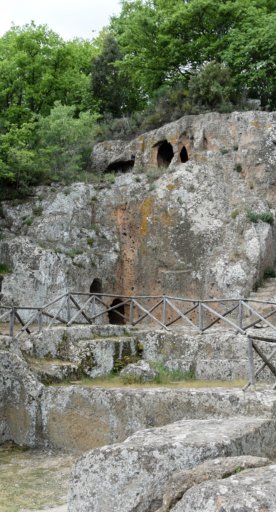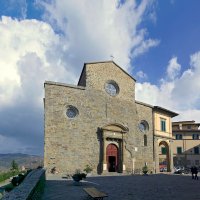

Casentinesi Forests National Park: a spectacular discovery
"Parco Nazionale delle Foreste Casentinesi, Monte Falterona e Campigna" is one of the largest forest in Europe, extraordinarily rich in flora and fauna.
The Casentino is crossed by the tributaries of the river Arno and extends from Monte Falterona to the Mandrioli Pass. This vast and rich area can be visited either on foot, by bike or on horseback along a network of over 650 km of trails. Its forests are called Parco Nazionale delle Foreste Casentinesi, Monte Falterona e Campigna: one of Europe’s purest forested areas. A quiet natural oasis stretching over both Tuscany and Emilia Romagna, the park is home to roe deer, venison, fallow deer, wild boars and even wolves.
The Casentino area is a great natural and historical treasure trove that is perfect to soak up nature and understand the historical relationship between human settlements and landscape: mule tracks, bridges, villages with abbeys and monasteries will enhance your already spectacular experience.
-
1.Acquacheta waterfalls
-
2.Casentinesi Forests National Park peaks
-
3.Lago degli Idoli
-
4.Camaldoli Monastery
-
5.La Verna Sanctuary
Acquacheta waterfalls
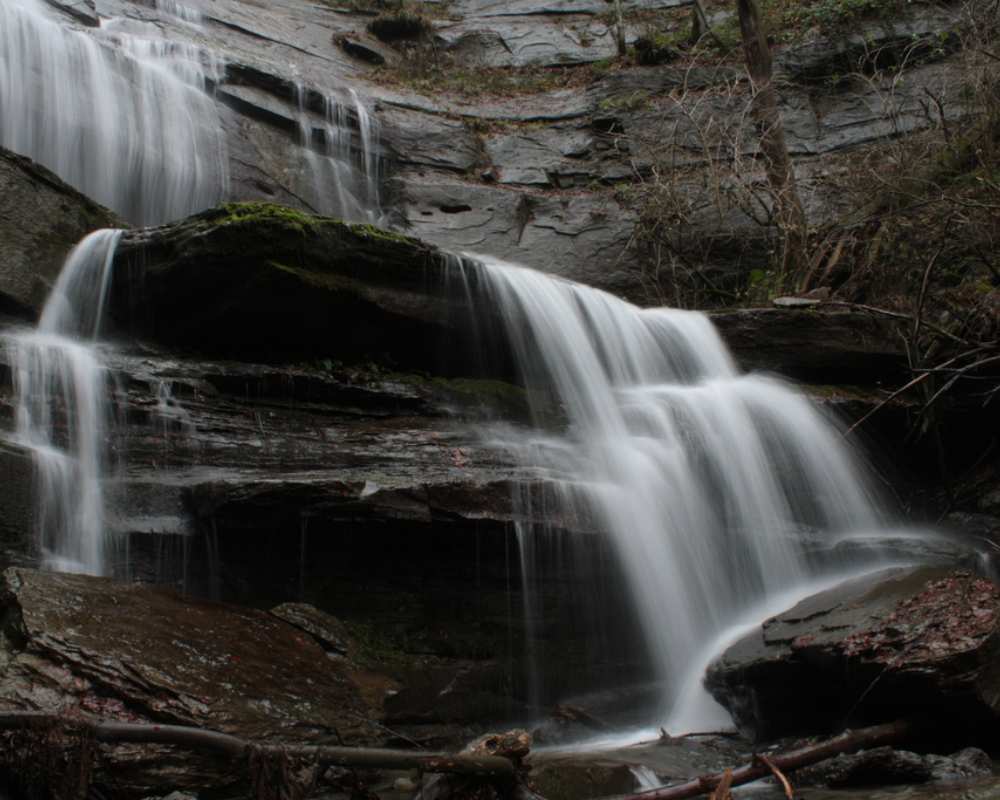
The Acquacheta is the main tributary of the Montone river and before reaching San Benedetto in Alpe it drops into a spectacular cascade of more than 70 metres, the same described by Dante in the sixteenth canto of the Inferno. The Acquacheta waterfall can only be reached after a few hours hike, from three different routes, depending on your physical ability and the weather conditions. The easiest and most popular route starts in the village of San Benedetto in Alpe (500 meters above mean sea level), which can be reached by car from San Godenzo through the Muraglione Pass. From there, you can begin a two-hour trail, which ascends to the famous waterfalls (720 meters above mean sea level).
Casentinesi Forests National Park peaks
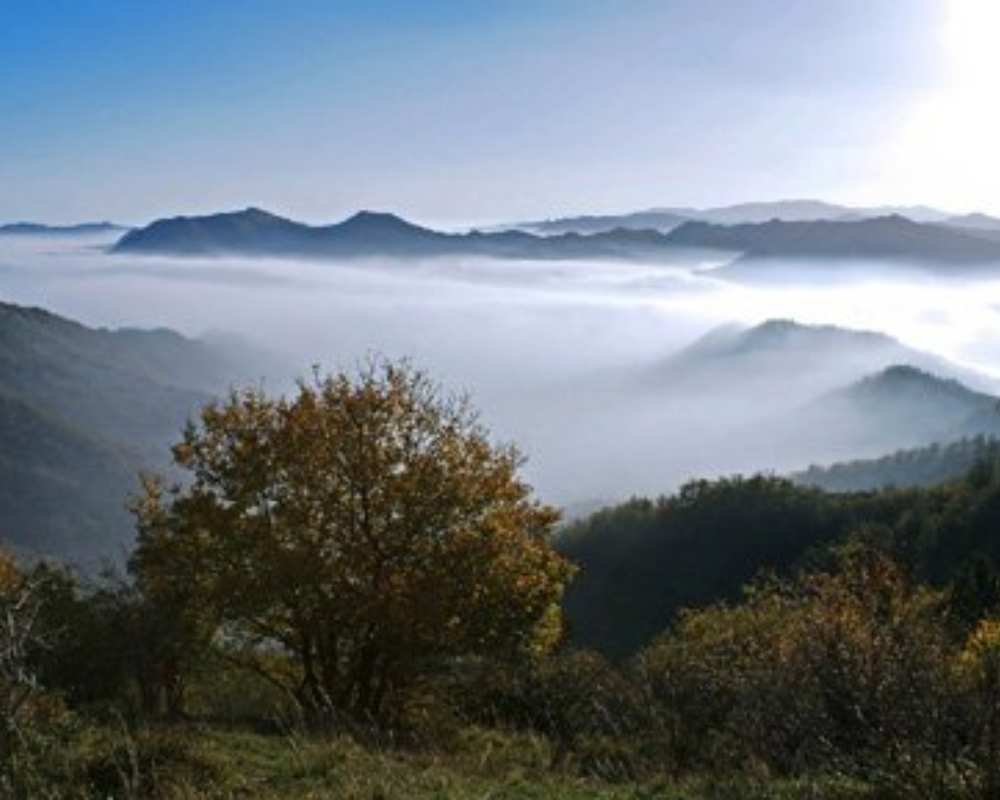
The largest mountains of the Casentinesi Forests are located on the eastern side of the Park, an area entirely covered by beech trees. Along the southern slopes of the Mount Falterona, at 1358 m, flows a large spring called Capo d’Arno that is considered to be the origin of the main Tuscan river, the Arno.
For another special view, climb the Monte Penna, where you will be able to look out over the entire Lama Forest, a collection of centuries-old trees, as far as the eye can see.
Lago degli Idoli
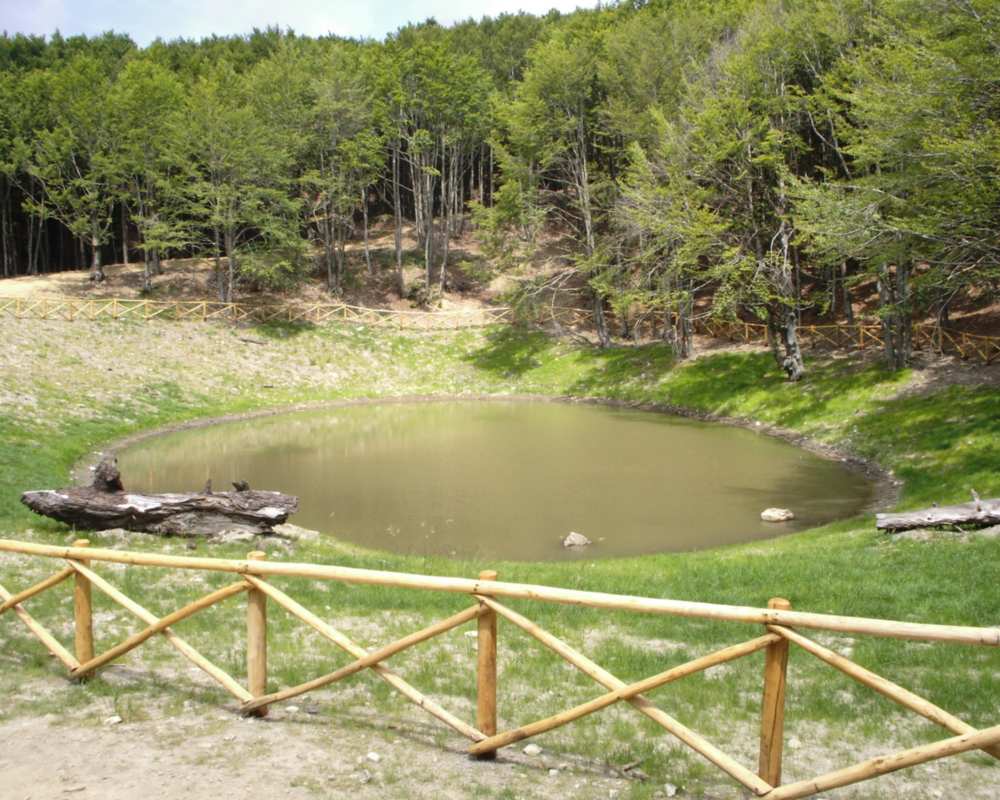
The “Lake of the Idols” is the most important archaeological site of the Castentino area, where many Etruscan ruins have been found throughout the centuries. Monte Falterona was a sacred mountain to the Etruscans, who put their gifts into the Ciliegeta Lake, located near the source of the Arno River. Some of the remains found here are preserved in the British Museum in London and the Louvre in Paris.
Camaldoli Monastery
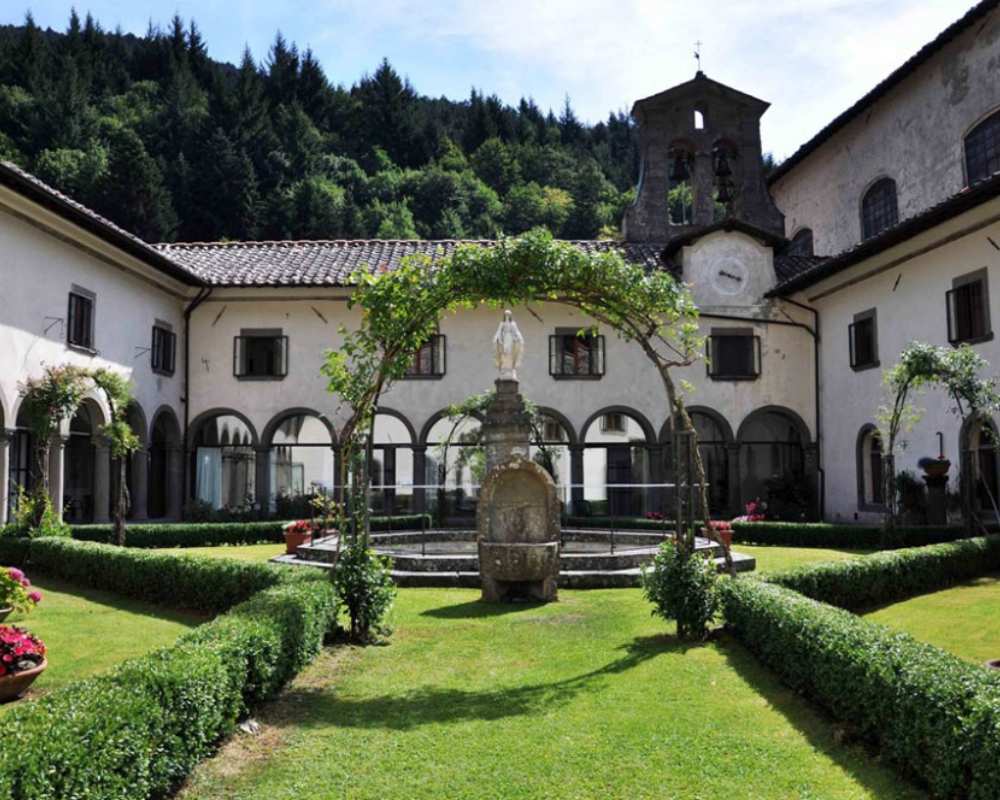
This place is linked to the figure of the Benedictine monk San Romualdo, founder of the Camaldoli order, who arrived in the Casentino valley at the foot of the Apennines in 1012 with his disciples. Here, he constructed a sacred hermitage.
La Verna Sanctuary

The sanctuary at La Verna, which is one of the most important Franciscan sanctuaries in the world, dates to the start of the third century and is largely connected to the figure of San Francis of Assisi. La Verna is an extraordinary place not only for its history but also for the incredible nature that surrounds it.
